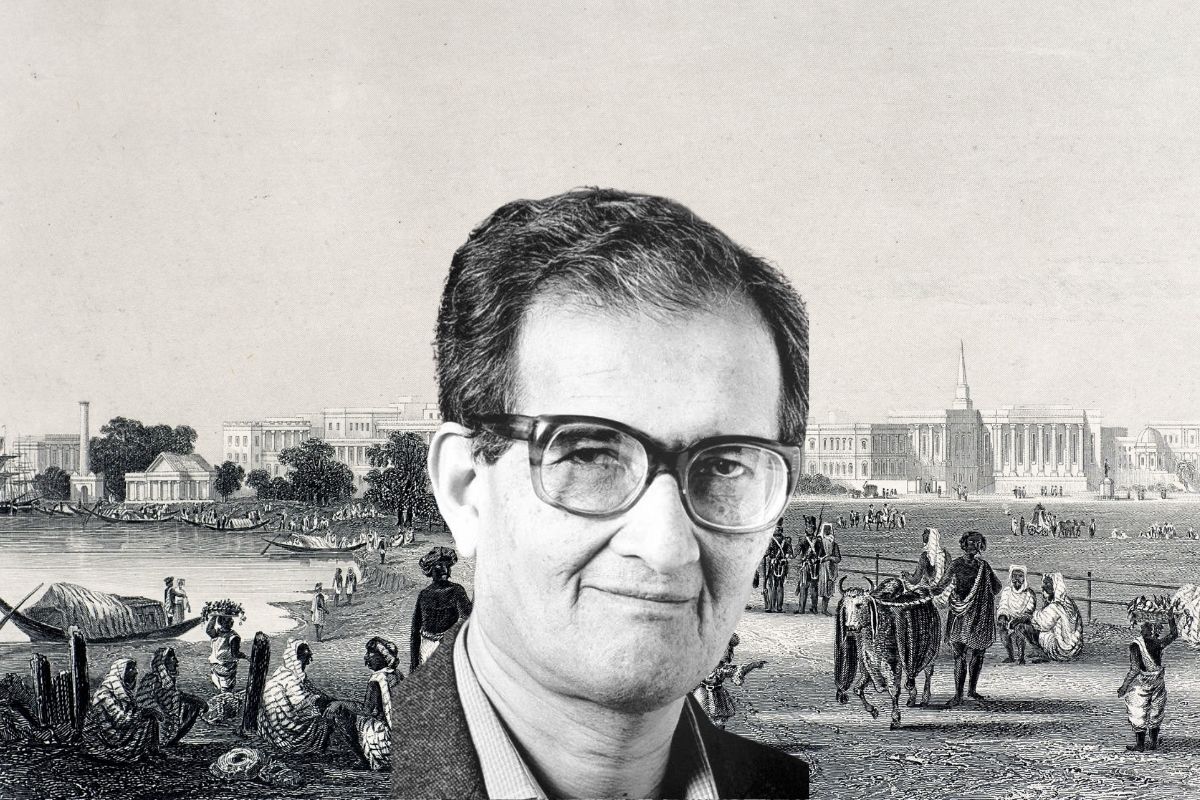Amartya Sen’s presentation at the inauguration of the Amartya Sen Research Centre at Salt Lake was marked by blistering candour. Most importantly when he told the audience that the biggest crisis confronting India at the moment is the “collapse of the nation”. The most unnerving feature, in his reckoning, were the “divisions in the country”. Sen’s prognosis of the malaise in contemporary India was quite the most searing comment yet on the country’s societal mores. It was “extraordinary”, he said, that colonial laws were being used to put people behind bars. Of course, the Nobel laureate stopped short of specifics, but these are self-evident truths.
Tolerance admittedly is a very noble quality, but he hastened to refer to its inherent drawbacks. He conveyed a message to all communities when he averred that despite the “inherent culture of being tolerant, the need of the hour is that Hindus and Muslims should work together”. And then the punchline ~ “The majority was not the end of all”. Sen’s forthright comments can be contextualized with the ongoing debate over the two BJP leaders’ remarks on Prophet Muhammad ~ an insidious reference that appears to have tacitly been condoned at least by sections of the ruling party though it has expelled one of the leaders from primary membership and suspended another.
Advertisement
No less critical must be the fact that Sen spoke in the immediate aftermath of the beheading of a tailor in Udaipur for a social media post supporting the controversial comments. “India,” Sen said, “was passing through an extraordinary situation when derogatory remarks were being made about the Prophet. India is not a country representing only the Hindu culture; even a rapidfire survey of Indian history will confirm that Muslim culture was also part of the nation’s vibrant history”. “I don’t think that Hindus as a group may be able to take credit for the Taj Mahal.” Not to ignore Dara Shikoh, Shah Jahan’s eldest son who translated 50 Upanishads from the original Sanskrit to Persian.
And this enabled the world to know about Hindu scriptures, Hindu culture and Hindu traditions. “The ragas and music by Ravi Shankar and Ali Akbar Khan reaffirm the reality that people of different religions had collaborated to create magic. Such collaborative work is necessary in today’s India, where only the utterance of tolerance will not explain the dangers of fragmentation”. The fineprint of his speech must be that the clash of civilizations is currently seldom more acute anywhere in the world than it is in India. It is fervently to be hoped that the research centre that flaunts his name will be riveted to a rational interpretation of Indian culture to the present day… from the ancient phase (predominantly Hindu India) via the Islamic era (the Great Mughals), to British India and onwards. History ought not be viewed through a deeply religious prism and persuasion. There is more to the past than what we choose to remember.











